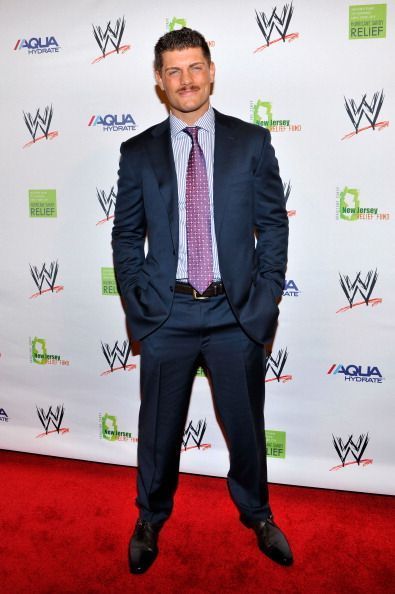
How Cody Rhodes Shattered the Myth of the Brass Ring
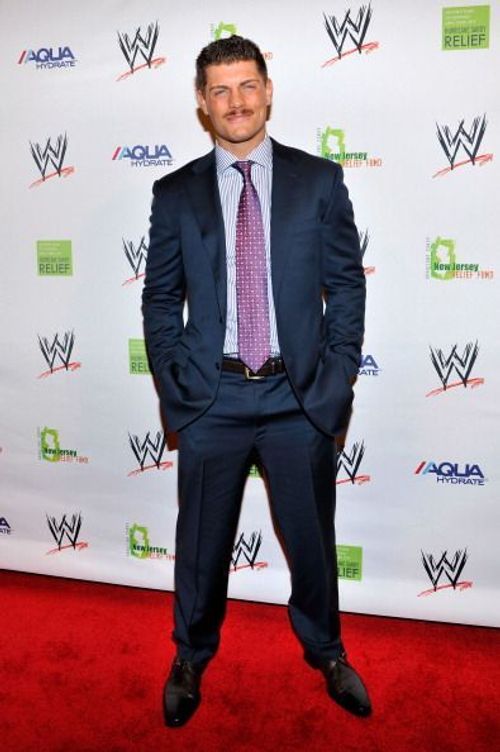
In a now infamous 2014 appearance on Stone Cold Steve Austin’s WWE Network podcast, Vince McMahon discussed what he saw as a lack of ambition in the current crop of WWE superstars when compared to their Attitude Era forebears. In particular, the Chairman singled out Cesaro as someone who lacked “it” and was unwilling to take the steps necessary to “grab the brass ring.”
The Internet pushback was strong, with many, including Austin himself, pointing out that Cesaro’s position on the card and in the eyes of fans was a direct result of his booking and the opportunities (or lack thereof) which he had been afforded. Unfortunately, Cesaro is only one example of a disheartening trend, which sees WWE frustrated with talent’s inability to get over with fans, while simultaneously seeming to go out of its way to prevent them from doing so.
This brings us to Cody Rhodes. Born into wrestling royalty as the son of "The American Dream" Dusty Rhodes, Cody made his debut on WWE’s main roster in 2007, at just 22 years of age. Cody's first year with the company saw him thrust into the tag team picture alongside Hardcore Holly. The two quickly captured the World Tag Team Championship from the team of Lance Cade and Trevor Murdoch, embarking on a reign that would last 202 days.
The title reign (and the partnership) would ultimately end in betrayal at June's Night of Champions event, when Cody betrayed Holly, revealing himself to be Ted DiBiase, Jr.'s mystery partner. In doing so, Cody earned the interesting distinction of being the only WWE superstar in history to have lost a championship to himself.
With DiBiase, Cody went on to join Randy Orton's Legacy stable. During this period, the duo served as Orton's lackeys, losing to the re-formed D-Generation X at Summerslam 2009. The Legacy would disband in early 2010, with Orton overcoming Cody and DiBiase in a triple threat match at Wrestlemania XXVI.
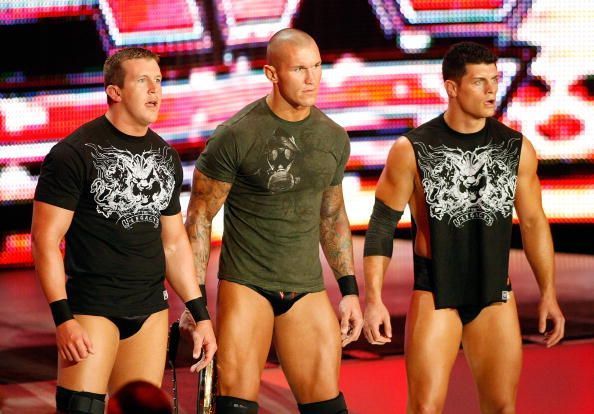
A heel singles run followed, with Cody adopting the persona of "Dashing" Cody Rhodes, a vain character. This run took an interesting turn when Cody's nose was accidentally broken by Rey Mysterio.
After a brief absence, Cody returned with a clear face mask and a new, darker and more menacing persona, known for putting paper bags over the "ugly" faces of his defeated opponents. Cody continued to feud with Mysterio over the injury, defeating him at Wrestlemania XXVII, but coming up short at Extreme Rules.
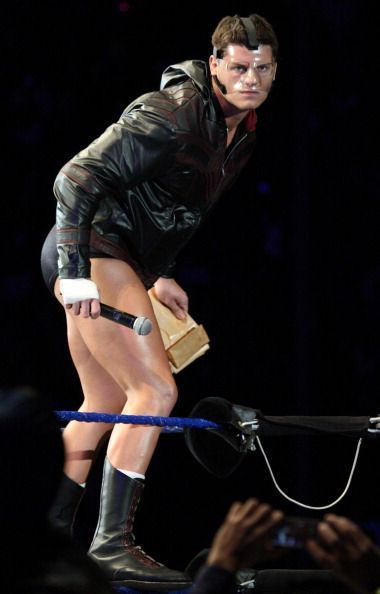
In April of 2011, Cody captured the Intercontinental Championship for the first time, holding it for nearly a year before losing it to Big Show at Wrestlemania XXVIII. He would regain the belt less than a month later in a Tables Match at Extreme Rules when his much larger opponent accidentally stepped through a table. Cody held the title for only three weeks before losing it to Christian. He would never hold singles gold in WWE again.
Instead, Cody meandered in the midcard for the next year, teaming with Damien Sandow as Team Rhodes Scholars. The two split shortly after Money in the Bank 2013, with Cody turning face for the first time in five years.
Later that year, Cody began teaming with his older brother, Goldust, capturing the WWE Tag Team Championship from Seth Rollins and Roman Reigns at Battleground with their father by their side.
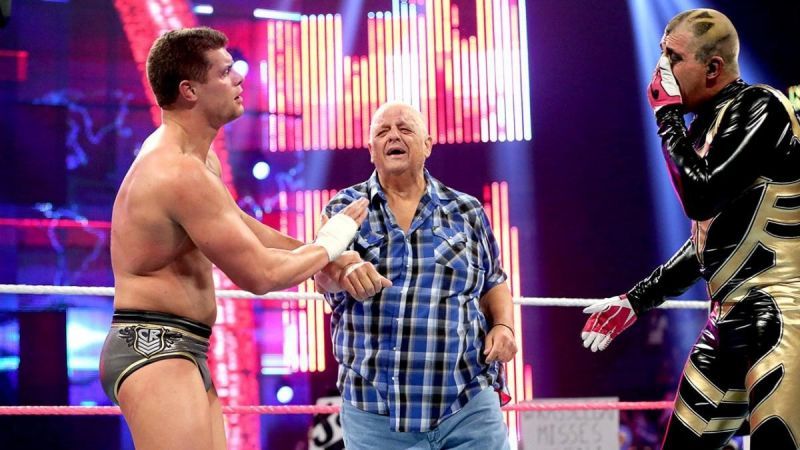
This reign would last until the 2014 Royal Rumble, when the brothers would drop the belts to the returning New Age Outlaws. This set off a chain of events over the next few months that would lead Cody to become a new character, Stardust, which he would continue to play for the remainder of his time with WWE.
The team of Goldust and Stardust would split up in February of 2015, leading Stardust to attempt to find success as a singles star. Unfortunately, at this point his career plateaued. Stardust meandered in the midcard, struggling to gain momentum in the face of indifferent booking.
By May of 2016, it was obvious to anyone watching that WWE brass had no intention of giving Cody a proper push. Seeing the writing on the wall, Cody took a chance, reasoning that if WWE wasn’t going to give him an opportunity, he would create his own. In On May 21st, he asked for his release, which was granted the next day.
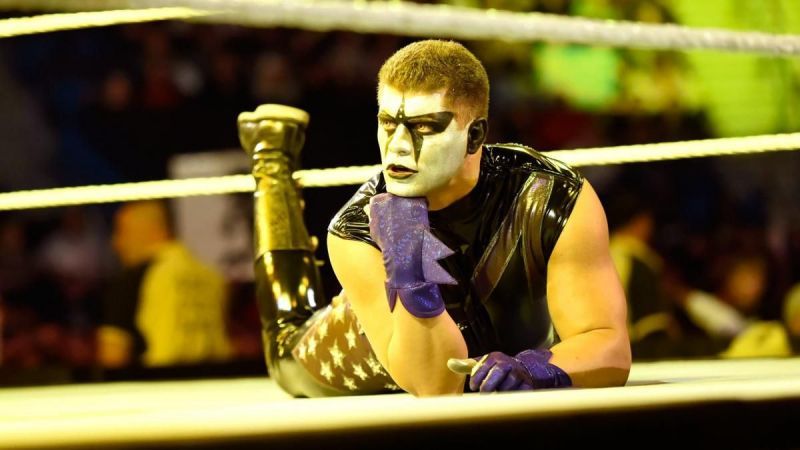
Upon his exit from WWE, Cody (now sans surname) sought to take the independent scene by storm. Just six days after his official release, he tweeted a list of his dream opponents. In December, he made his debut for New Japan Pro Wrestling, joining Bullet Club.
Six months later, at Ring of Honor’s Best in the World event, he defeated Christopher Daniels to become the Ring of Honor Champion. Just a week later, Cody challenged veritable wrestling god Kazuchika Okada for the IWGP Heavyweight Championship at NJPW’s G1 Special in USA.
2018 saw Cody again make waves in the wrestling community as he attacked Bullet Club leader Kenny Omega at NJPW's The New Beginning in Sapporo, kicking off the angle commonly referred to as the Bullet Club Civil War.
Cody would defeat Omega in April at Supercard of Honor XII, but again fail to capture the IWGP Heavyweight Championship when the two squared off again at the G1 Special in San Francisco.
In each of these moments, Cody shone as more than just another ex-WWE guy clinging to relevance. This was a man with an understanding of the wrestling business in his very blood, and once his creative shackles were cast off, Cody revealed himself as an absolute master of his craft.
Cody’s enthusiasm for professional wrestling both as an art form and as a business naturally led him to find kindred spirits in fellow Bullet Club members The Young Bucks, who had already established themselves as wrestling’s greatest entrepreneurs. Through their Being the Elite series on YouTube, Cody was able to project far more of his personality than was ever allowed on WWE television, earning him a whole new contingent of fans.
Something was changing. Cody’s high profile departure and career renaissance away from the biggest game in town was drawing more and more eyes to the world outside of WWE, something that was on full display in the crowd attracted to the Bullet Club “invasion” of Monday Night Raw.
But few could have anticipated just how much momentum was really behind this movement. Even wrestling journalist/smark guru Dave Meltzer was unable to grasp the magnitude of this momentum, famously tweeting that Ring of Honor wouldn't be able to sell out a 10,000 seat arena “anytime soon.”
Cody, having acquired a taste for doing what others said couldn’t be done, took this as a challenge, and, along with the Bucks, set to work on All In, not only selling out the Sears Center, but doing it in under an hour, with a now-reported 11,263 fans attending the show.
At All In, Cody followed in the footsteps of his legendary father, capturing the NWA World Heavyweight Championship in a battle with Nick Aldis that managed to feel both nostalgic and forward thinking.
Flanked by his wife and his ‘Nightmare Family’, Cody, the son of a ‘Son of a Plumber’, who could never be seen as more than just another good hand in WWE, had reached the pinnacle.
The mammoth success of All In has been interpreted as a protest against the virtual monopoly that WWE has held on the wrestling business for nearly two decades, but it’s so much more than that.
All In was a celebration of the diversity to be found on the independent scene, as a seal of approval for the hard work of those who made it happen, and, most of all, as a shining example of what can happen when talent are given a real shot.
It’s impossible to know what the complexion of the wrestling business will look like this time next year. Should Cody avoid the temptation to return to his old stomping grounds as a conquering hero, it seems likely that he will follow through on his hints and he and The Young Bucks will get to work on All In 2. But for right now, the only thing that is for certain is that when it comes to his future, Cody holds all the cards.